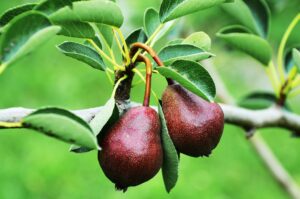As the summer heat begins to wane, October presents an excellent opportunity for gardeners in California to prepare for the cooler months ahead. This month is pivotal for planting various vegetables, flowers, herbs, and landscape plants. Depending on the region’s USDA hardiness zone, you can cultivate a wealth of greenery to adorn your garden, provide nourishment to your kitchen, or enhance your outdoor living space.
Vegetables To Plant
October is rich with opportunities for planting a variety of vegetables that thrive in cooler weather. Each selected vegetable features specific temperature tolerances and ideal planting times, alongside growing tips.
Broccoli

Broccoli is a nutrient-dense vegetable that performs exceptionally well in cooler temperatures. Ideal for USDA Zones 3-7, it can withstand light frosts but prefers temperatures between 65°F to 75°F for optimal growth.
Planting Tips: Start seeds indoors in late summer for early October transplanting or direct sow seeds in early October for a later harvest. Ensure the soil is well-drained and enriched with compost to promote vigorous growth.
Carrots
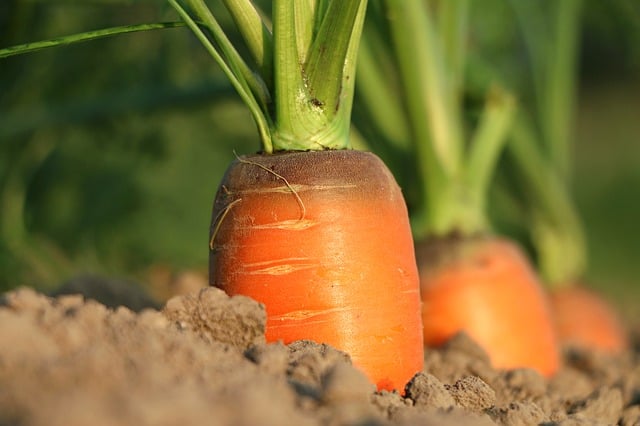
Carrots thrive in the fall, especially in Zones 4-8, where they can develop sweetness from the cooler temperatures. They prefer temperatures between 50°F to 75°F but are frost-tolerant.
Planting Tips: Sow seeds directly into loose, well-draining soil. Space them appropriately to allow for proper growth, typically about 2 inches apart. Mulching helps retain moisture and control weeds.
Kale
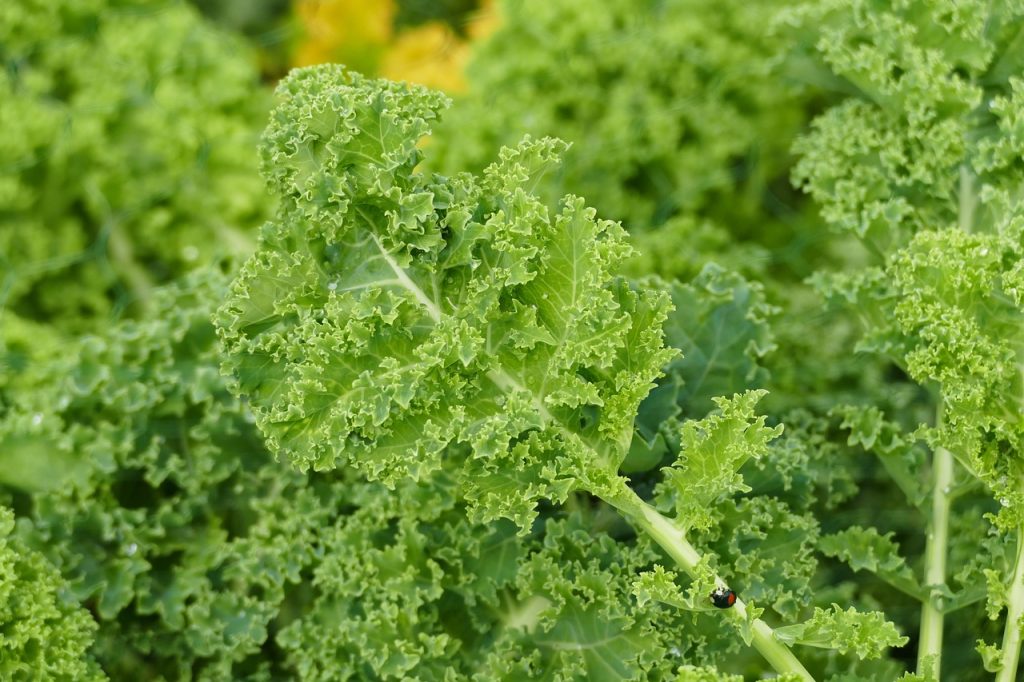
Kale, beloved for its nutritional profile, can handle temperatures as low as 20°F, making it suitable for Zones 3-10. As a cold-hardy plant, kale prefers the coolness of fall, thriving best between 45°F and 65°F.
Planting Tips: Transplant seedlings or direct sow seeds in October. Kale can be harvested continuously; pick the outer leaves for a longer growing season.
Peas
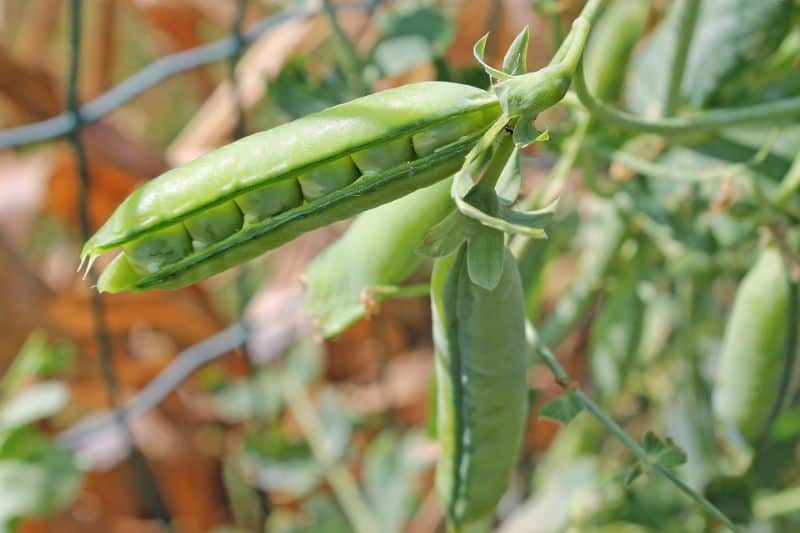
Peas prefer cooler conditions, making them an excellent October choice in Zones 3-8. They thrive in soil temperatures between 45°F and 75°F and can tolerate light frost.
Planting Tips: Sow pea seeds directly into the ground, ensuring the soil is moist but not waterlogged. Provide a trellis or supports for climbing varieties.
Radishes
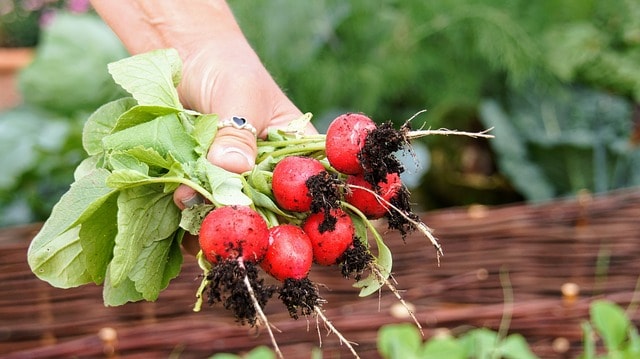
Radishes grow rapidly and can be harvested in as little as three weeks, making them a great choice for planting in October, particularly in Zones 3-9. They thrive in temperatures around 60°F to 70°F but can withstand cooler conditions.
Planting Tips: Direct sow radish seeds in loose soil, spacing them out to avoid overcrowding. They are perfect for intercropping with slower-growing vegetables.
Spinach
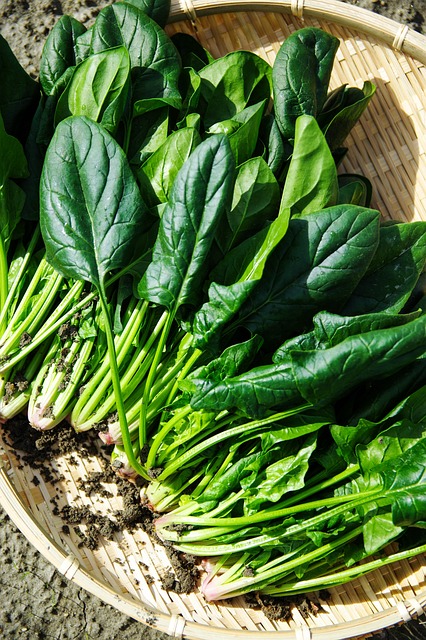
Spinach is a cold-tolerant leafy green that flourishes in the crisp, cool fall weather. It can grow well in USDA Zones 3-9, thriving best when temperatures are between 50°F and 60°F.
Planting Tips: Sow seeds directly into the ground, opting for well-drained, fertile soil. Covering with a light layer of mulch can help protect young plants from frosts.
Garlic
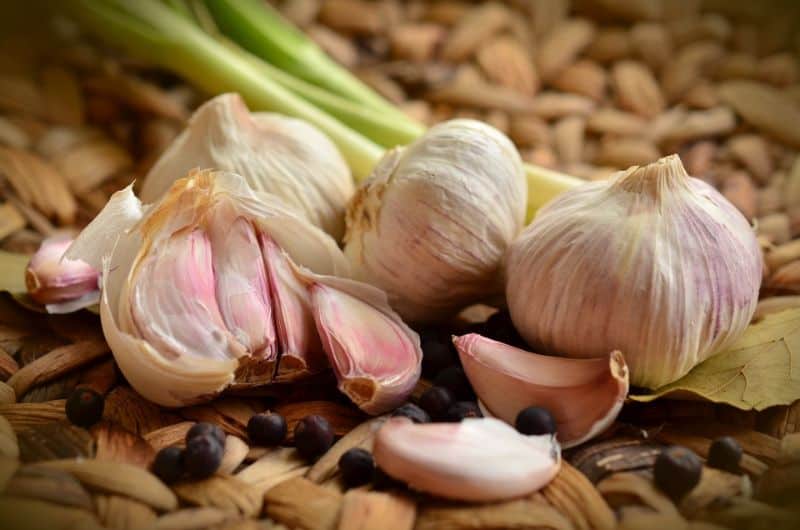
October is an excellent time to plant garlic, particularly in Zones 5-9. Garlic enjoys well-drained soil and prefers temperatures between 60°F and 75°F.
Planting Tips: Plant garlic cloves in rich soil about 2 inches deep. Space them 6 inches apart to ensure ample growth and airflow.
Onions
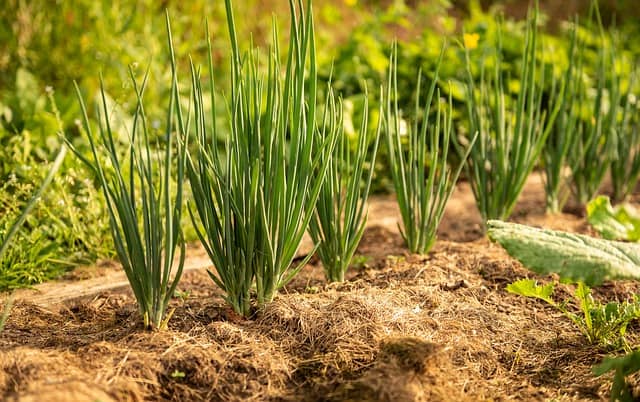
Onions are another versatile vegetable that can be planted in October in most regions across California, especially in Zones 5-9. They do well in temperatures of around 60°F.
Planting Tips: You can plant sets or seedlings directly into the garden. Ensure the soil is well-prepared, rich in organic matter, and well-drained.
Beets

Beets provide dual benefits as both a root vegetable and leafy greens. They can withstand colder temperatures and are suitable for Zones 3-10, preferring 50°F to 65°F.
Planting Tips: Sow beet seeds directly into the soil, spacing them adequately. Regular watering and weeding are essential for robust root growth.
Cauliflower
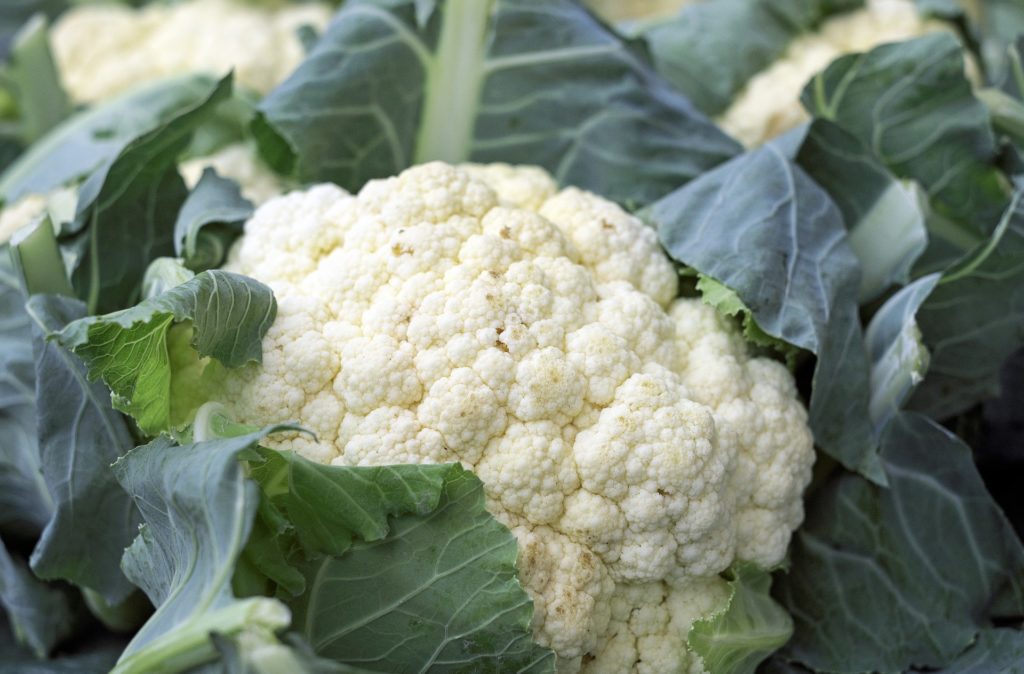
A bit temperamental but deeply rewarding, cauliflower thrives in cooler temperatures and can be planted in Zones 3-7. It prefers temperatures between 55°F and 70°F but is sensitive to extreme heat.
Planting Tips: Start seeds indoors for transplants later in October or sow seeds directly. Ensure ample soil moisture and regular fertilization for successful curds.
Flowers To Plant
October is also the time to beautify your garden with vibrant flowers that can survive the cooler months, making way for stunning spring blooms. Below are ten flowers ideal for planting this October.
Pansies
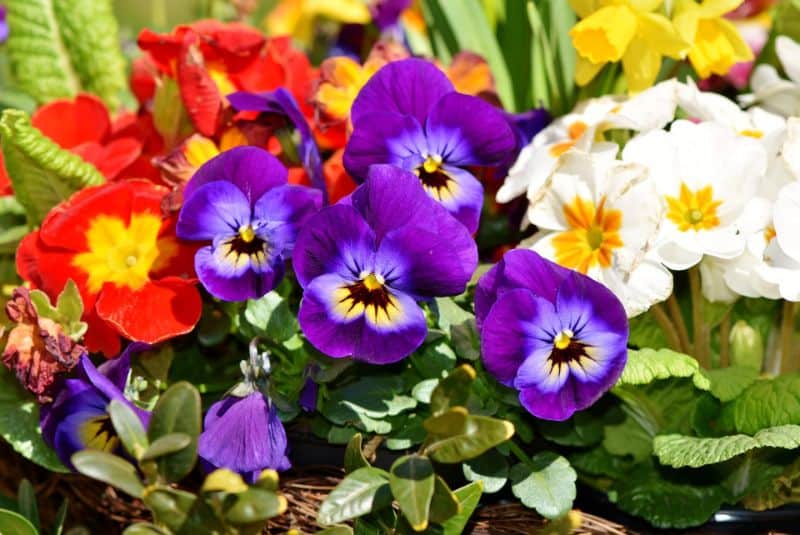
Pansies are resilient, cool-weather flowers that can thrive in Zones 4-9. They flourish when temperatures range from 40°F to 70°F and can even tolerate light frosts.
Planting Tips: Transplant pansies into well-draining soil. They bloom beautifully in sunny or partially shaded areas, making them versatile for garden displays.
Snapdragons
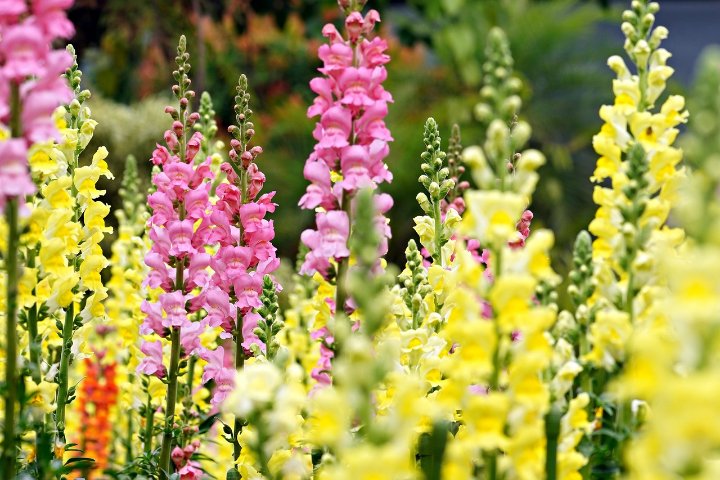
Snapdragons are another cold-tolerant flower that does well in California gardens, particularly in Zones 7-10. They prefer temperatures between 45°F and 68°F.
Planting Tips: Direct sow seeds or start indoors and transplant in October. Provide adequate support for taller varieties. Regular watering and deadheading will promote robust blooms.
California Poppy
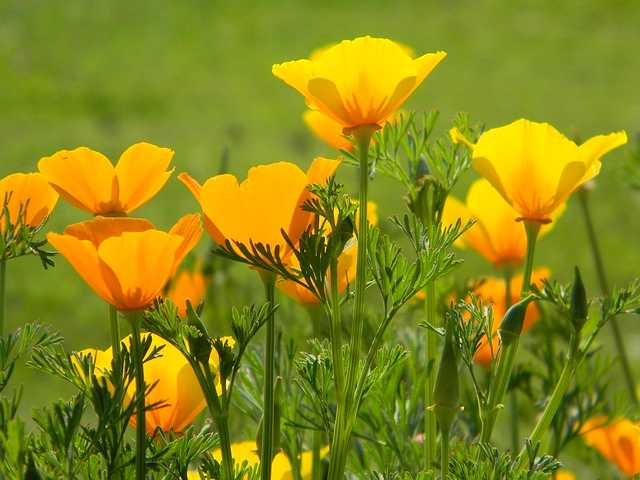
California’s state flower, the California poppy, behaves as an annual and thrives in Zones 5-10. It prefers temperatures around 60°F to 75°F and is drought-tolerant.
Planting Tips: Sow seeds directly in the garden in well-drained soil. They flourish best in full sun and can self-seed for future blooms.
Icelandic Poppy
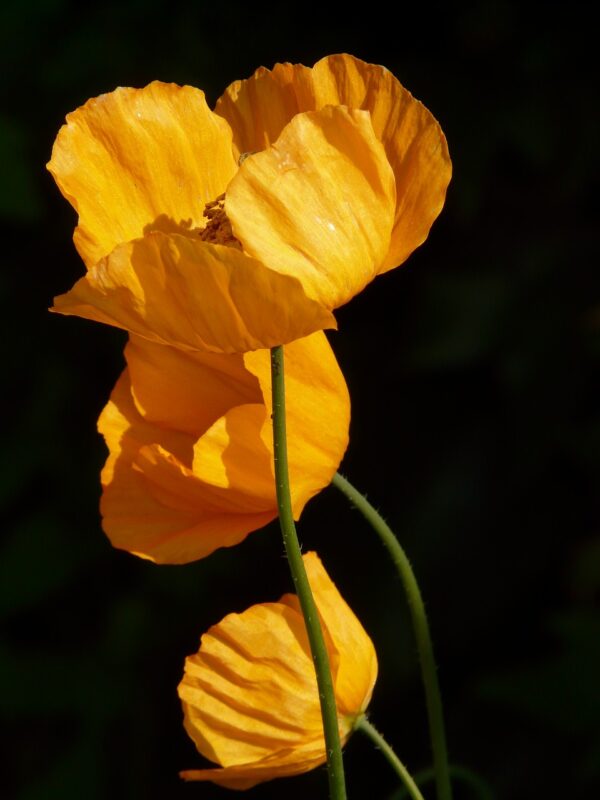
This charming perennial flower can be planted in Zones 4-8. It loves cooler temperatures, ideally around 50°F.
Planting Tips: Direct sow seeds or transplant seedlings, ensuring they have bright light and well-draining soil to flourish.
Violas
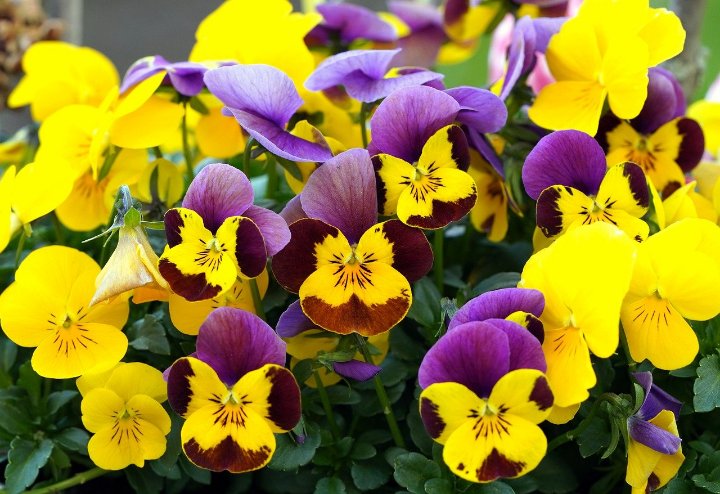
Violas, similar to pansies but smaller, are perfect for cooler weather and thrive in Zones 6-10. They do well in temperatures between 40°F and 70°F.
Planting Tips: Plant them in well-drained soil and keep them moist. These flowers can bloom multiple times in the fall and spring, offering extended color.
Ornamental Kale
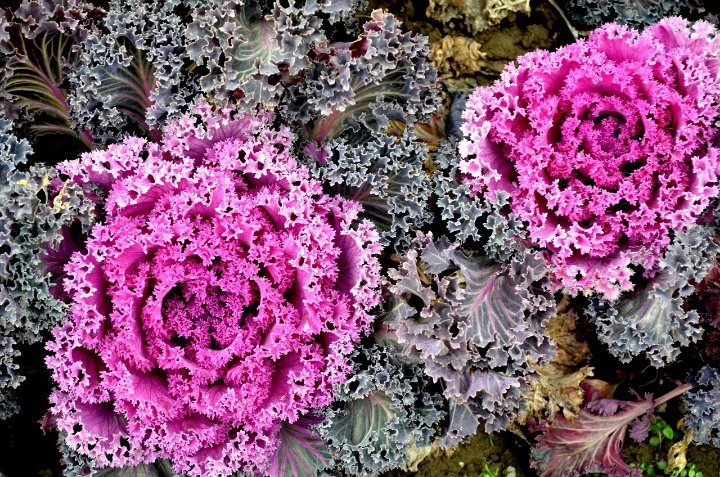
This non-edible variety adds versatility to your landscape, thriving in Zones 3-10. Ornamental kale prefers cooler temperatures around 50°F.
Planting Tips: Transplant seedlings to ensure vigorous foliage colors. They grow best in well-drained soil and full sun or partial shade.
Chrysanthemum
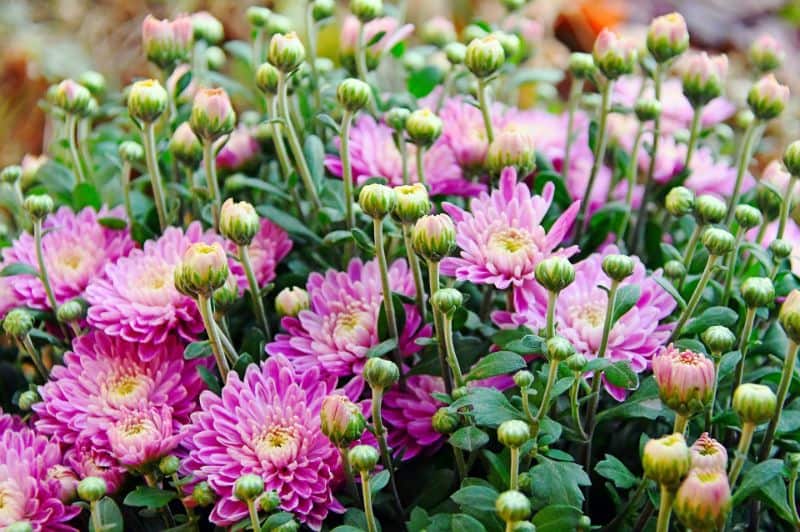
Chrysanthemums are the star of fall gardens, especially in Zones 5-9. Their ideal temperature range is between 55°F to 70°F, and they can handle slight frosts.
Planting Tips: Plant them in well-drained soil with ample sunlight. Regular watering helps encourage growth and enhances the vibrancy of the blooms.
Aster
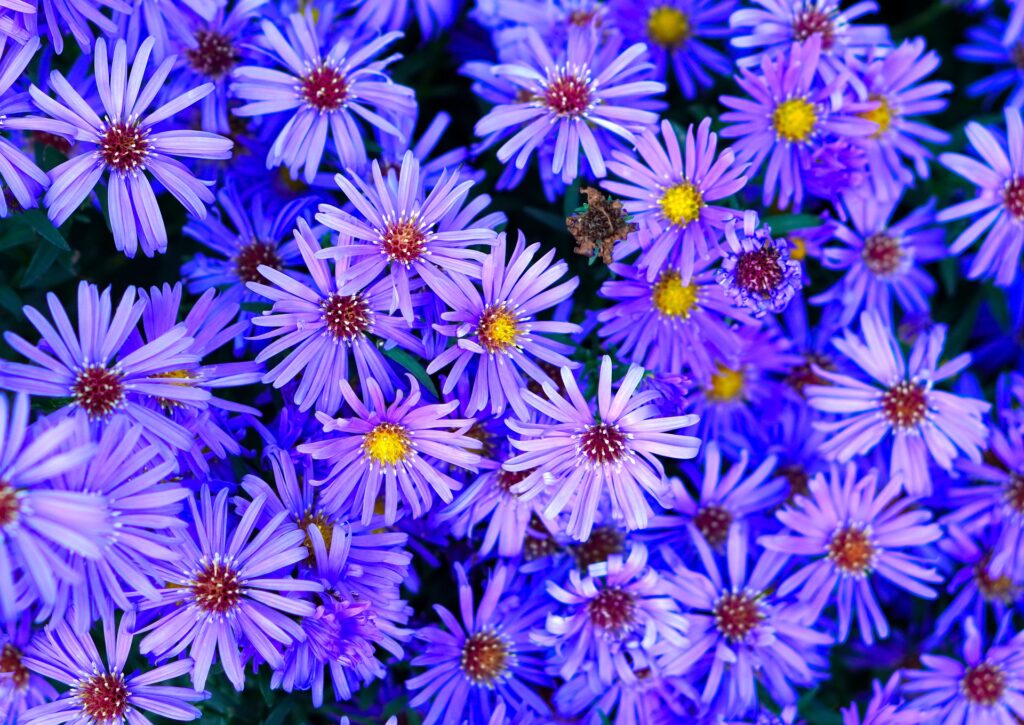
Astors are delightful fall flowers that thrive in Zones 3-9. Their colors bloom beautifully in cooler weather, ideally navigating temperatures between 45°F and 70°F.
Planting Tips: Choose a well-draining location and plant them in a sunny area. They are excellent for attracting pollinators.
Dianthus
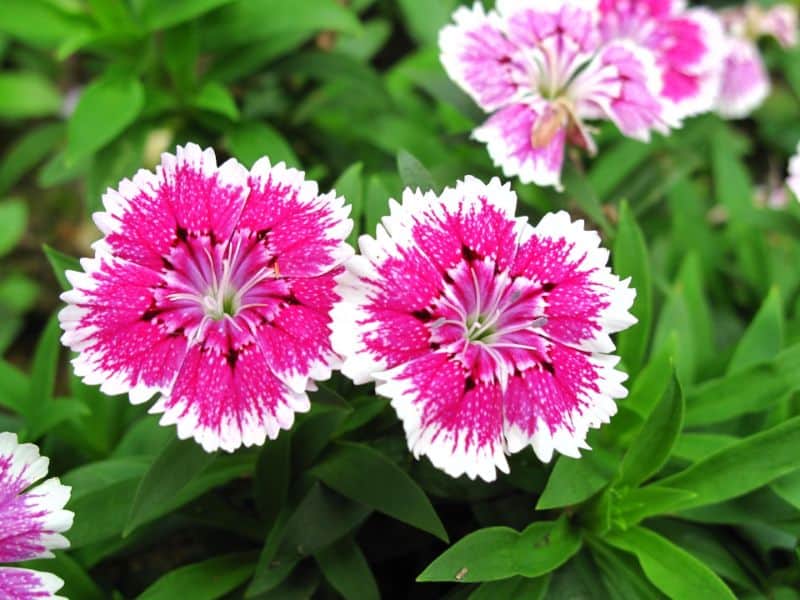
Popular for its clove-like scent and resilient blooms, dianthus performs well in Zones 3-9. They thrive in cooler temperatures but can adapt to a range of conditions.
Planting Tips: Sow seeds directly in the garden or transplant seedlings. They flourish in well-drained soil, often blooming through fall and into spring.
Herbs To Plant
Herbs are the unsung heroes of the garden, providing fresh flavors and aromas year-round. October is a perfect month to plant certain herbs that will withstand colder conditions.
Cilantro
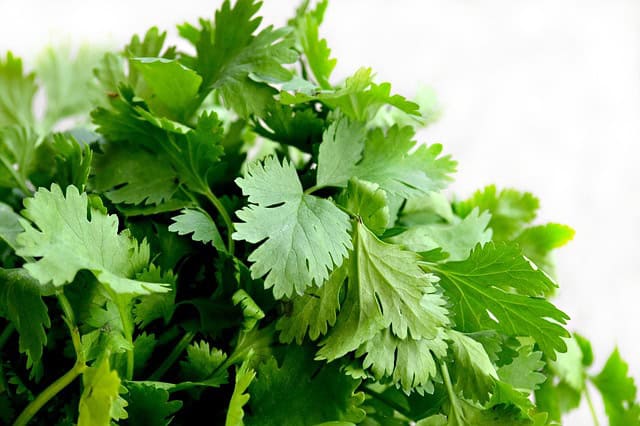
Cilantro is an annual herb that thrives in cooler weather and is ideal for planting in Zones 3-10. It prefers temperatures between 50°F to 70°F and may bolt in hot conditions.
Planting Tips: Sow seeds directly in the ground in well-draining soil. Regular watering will encourage tender leaves, ready for harvest in about 3-4 weeks.
Garlic Chives
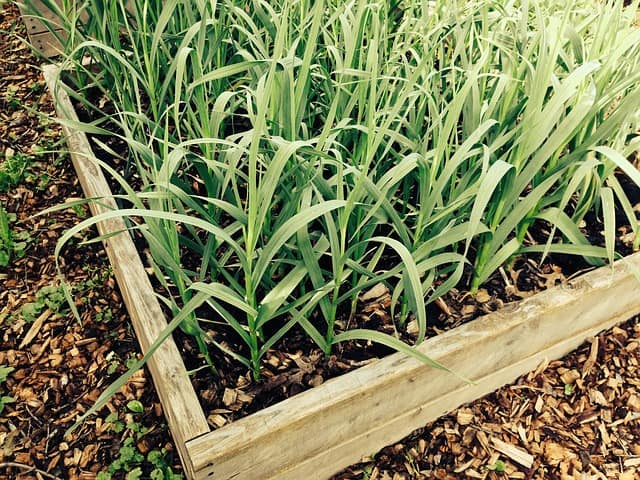
Garlic chives add a mild onion flavor to dishes and thrive in Zones 3-9. They prefer cooler temperatures of about 60°F and are incredibly hardy.
Planting Tips: Sow seeds directly in well-drained soil. Once established, they can provide fresh chives year-round.
Parsley
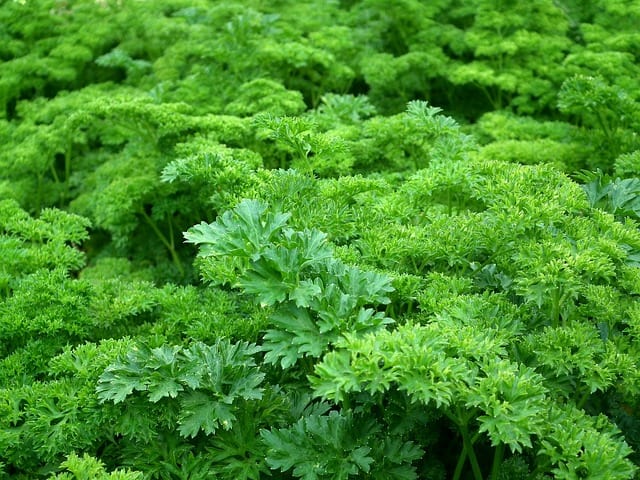
Parsley is a biennial herb that can grow well in Zones 3-9. It prefers cooler temperatures, ideally around 50°F to 70°F, and will thrive with the onset of fall.
Planting Tips: Sow seeds directly into the garden in rich, moist soil. It takes time to germinate, so consider starting indoors if needed.
Thyme
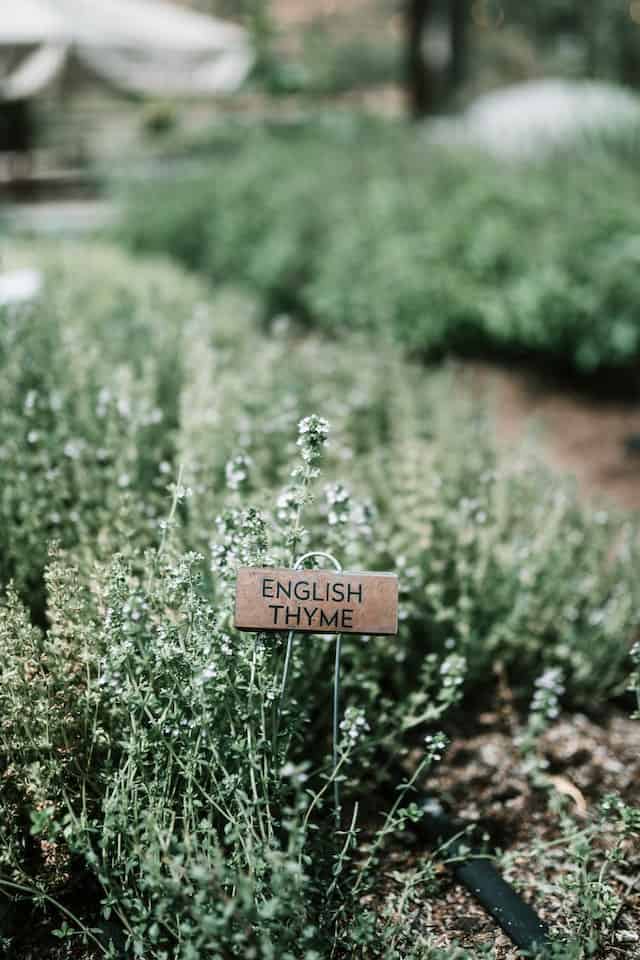
Thyme is a hardy perennial herb that flourishes in Zones 4-9. Rolling out in cooler temperatures around 50°F to 70°F, it is drought-tolerant once established.
Planting Tips: Plant thyme in well-drained soil in a sunny location. Regular trimming will encourage bushier growth.
Oregano
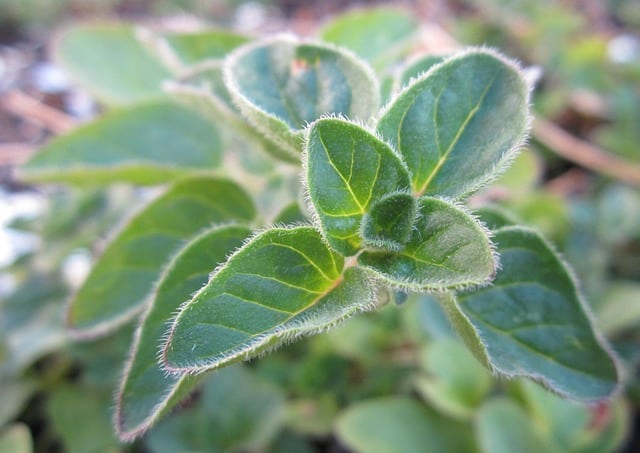
Oregano does well in Zones 5-10 and thrives in growing conditions between 60°F to 75°F. It is another herb that can tolerate lower temperatures.
Planting Tips: Direct sow or transplant seedlings into rich, well-draining soil. Pinch back the leaves to encourage fuller growth without overpowering nearby plants.
Chervil
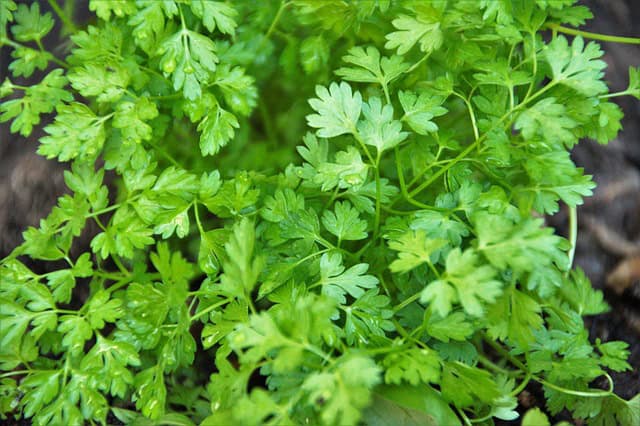
Chervil is an enticing herb that thrives in cooler temperatures and is suitable for Zones 4-8. Preferring about 60°F to 65°F, it’s perfect for October planting.
Planting Tips: Sow seeds in well-drained soil. It grows best in partial shade and can take about 3-4 weeks to harvest.
Dill
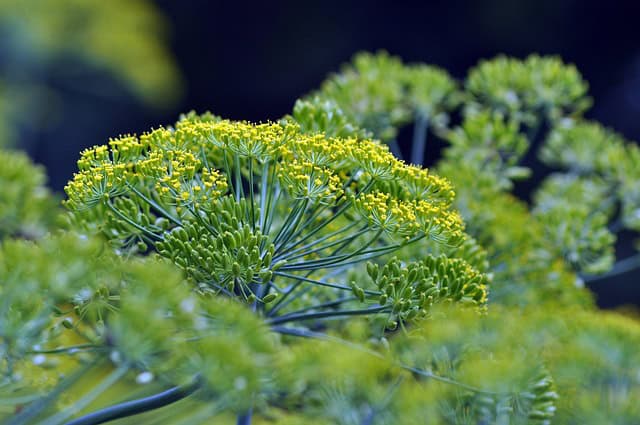
Dill is an annual herb grown best in Zones 3-9. It prefers cooler temperatures ranging from 50°F to 70°F and germinates quickly in the fall.
Planting Tips: Direct sow seeds in well-draining soil. Dill grows tall, so provide sufficient space for air circulation.
Sorrel
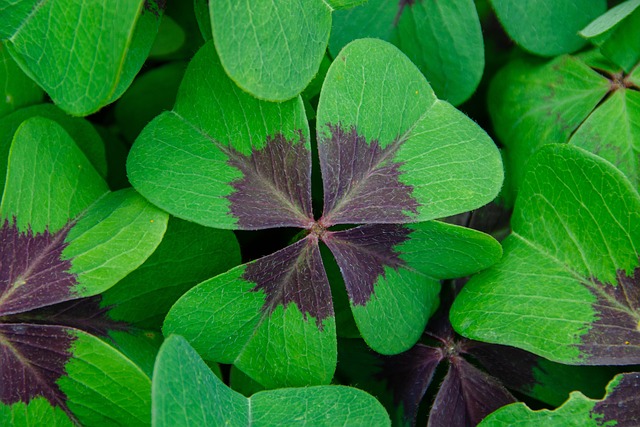
Sorrel is a perennial herb that tolerates cooler temperatures very well, thriving in Zones 3-8. It prefers temperatures around 55°F to 70°F.
Planting Tips: Transplant seedlings or sow seeds directly in well-draining soil. Regular harvesting encourages continuous growth.
Mint
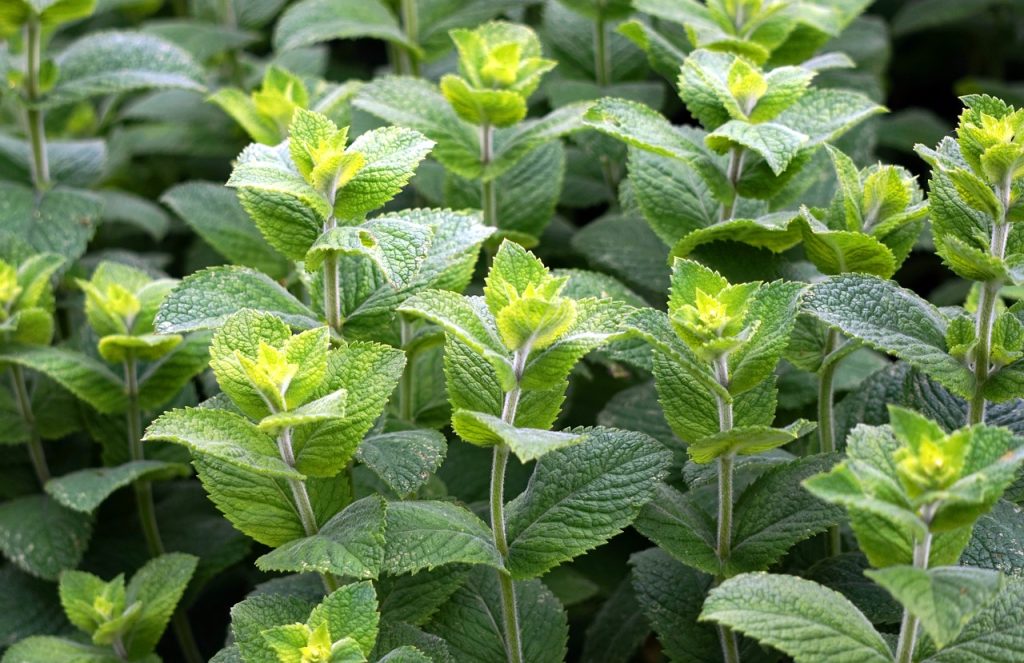
Mint thrives in almost any condition, but it truly flourishes in Zones 5-10. With a preference for around 60°F to 75°F, mint is perfect for October planting.
Planting Tips: While easy to grow, plant mint in containers to prevent it from taking over your garden. Keep the soil consistently moist.
Landscape Plants To Plant In October
As the season shifts, planting seasonal landscape plants can enhance your garden’s aesthetics and make way for stunning spring growth. Here are ten resilient landscape plants for October planting.
Elephant Ear (Colocasia)
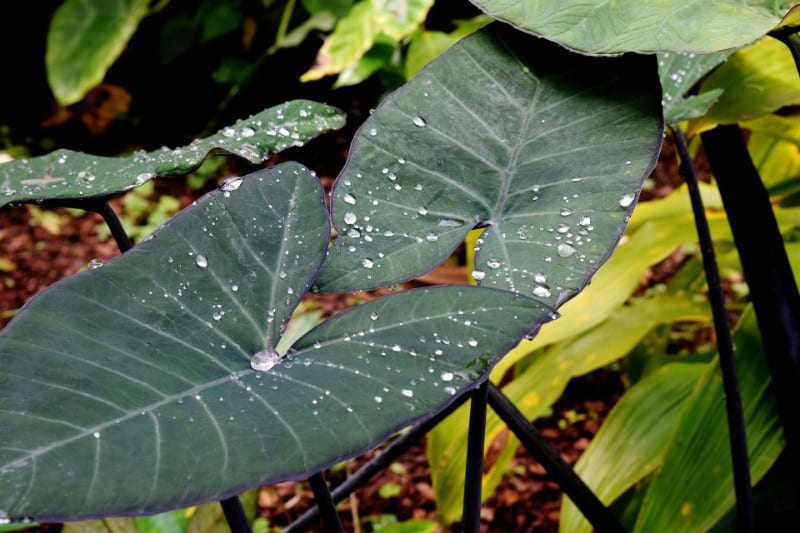
The elephant ear plant is a tropical beauty that thrives in moist soil and can grow in Zones 8-11. It is not frost-tolerant and prefers conditions around 60°F to 70°F.
Planting Tips: Plant tubers in well-draining soil in a sunny location. These dramatic foliage plants can be lifted before the first frost and overwintered indoors.
Australian Tree Fern
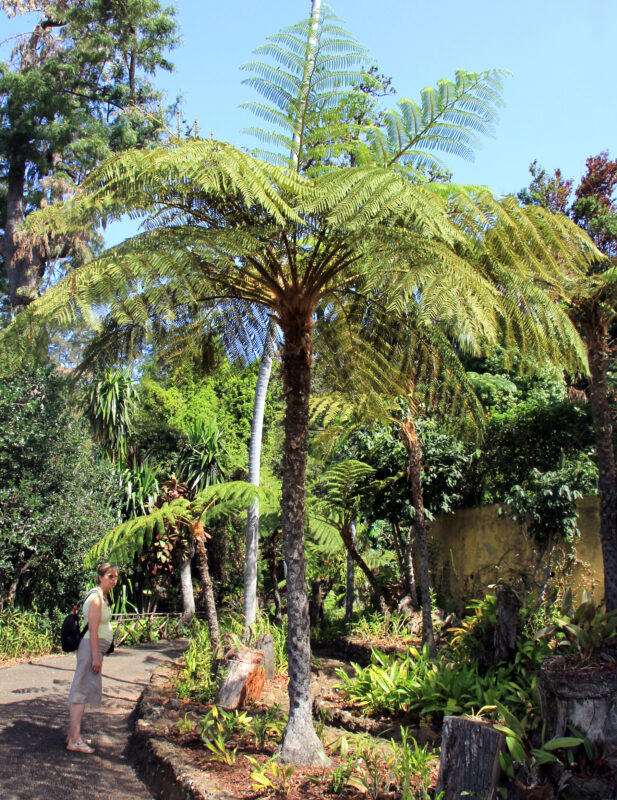
This majestic fern adds lush greenery to landscapes, thriving in Zones 9-11. It prefers warmer temperatures above 60°F and won’t handle frost well.
Planting Tips: Plant in shady spots with rich, well-draining soil. Regular watering and misting will help these tropical beauties flourish.
Camellia
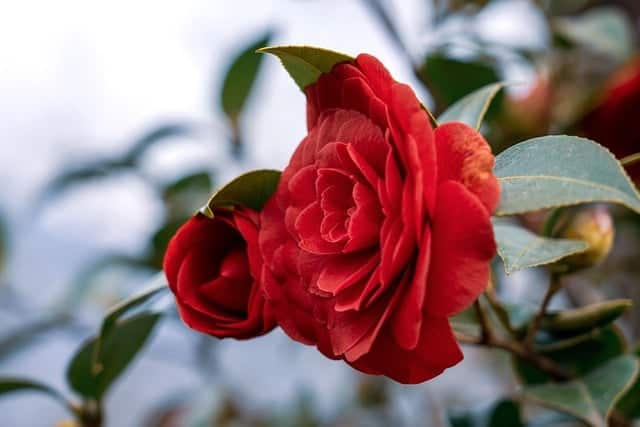
Camellias are beloved for their beautiful blooms and evergreen foliage, doing well in Zones 7-9. They thrive in cooler climates and prefer temperatures below 70°F.
Planting Tips: Plant in rich, acidic soil in a shaded or partially shaded area. Mulching helps retain moisture and protects the root system.
Hellebore
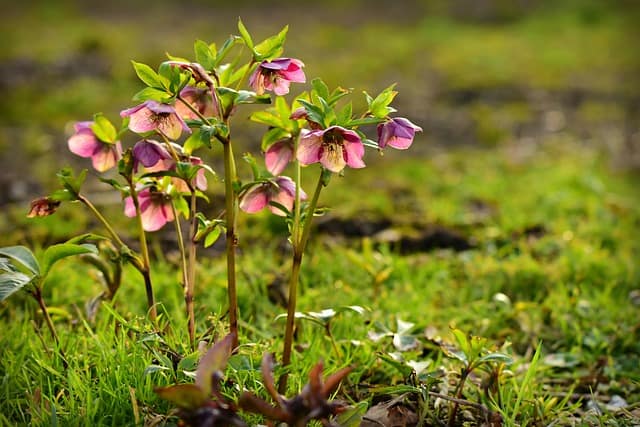
Hellebores, or Lenten roses, are perfect for Zones 4-9 and thrive in cooler temperatures. They bloom early in the season, preferably in conditions between 45°F and 70°F.
Planting Tips: Plant them under deciduous trees where they will receive dappled sunlight. They thrive in well-draining soil and appreciate organic matter.
Winter Jasmine
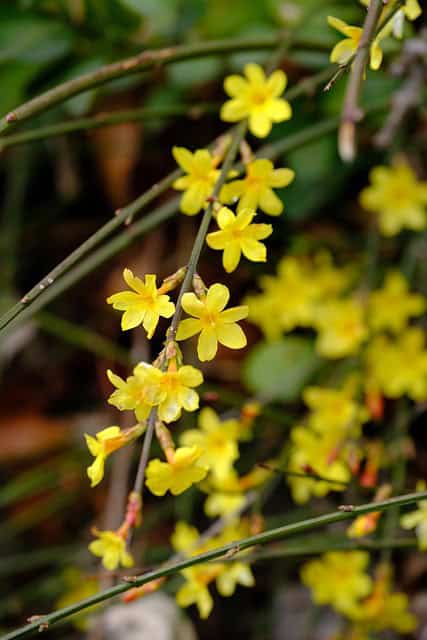
Winter jasmine is a hardy perennial suitable for Zones 6-10 that can survive light frost. It prefers cooler conditions between 50°F and 65°F.
Planting Tips: Plant in a sunny to partially shaded location in well-drained soil. This hardy plant can bloom in late winter, providing cheerful color in an otherwise dormant garden.
Lavender
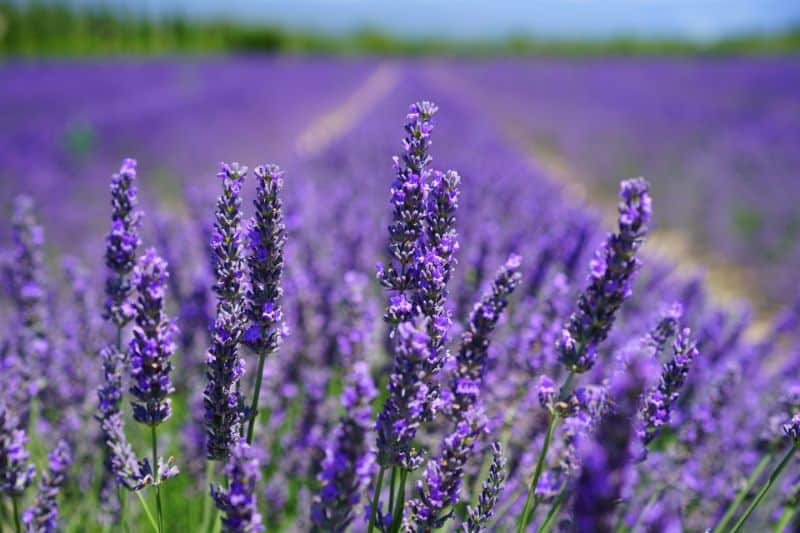
Lavender is a perennial herb that thrives in Zones 5-10. It prefers warmer, dry climates, with some varieties requiring temperatures above 60°F.
Planting Tips: Plant lavender in a sunny, well-drained area. It thrives best with little irrigation after establishment.
Agapanthus
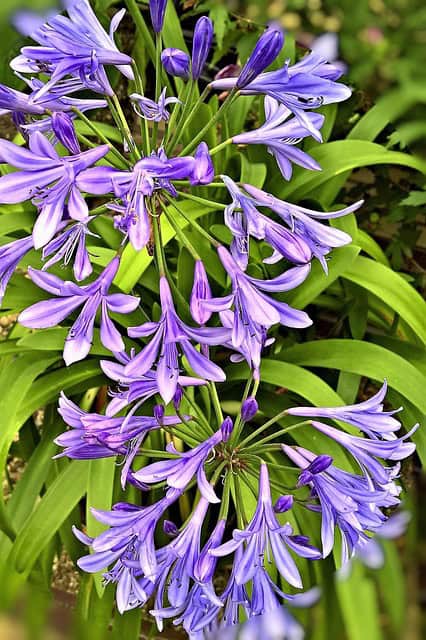
Agapanthus, with its stunning blue blooms, thrives in Zones 8-11. These vibrant flowers prefer warm temperatures between 60°F and 75°F.
Planting Tips: Plant them in sunny borders with well-drained soil. They are drought-tolerant once established, providing summer color to your garden.
Daylily
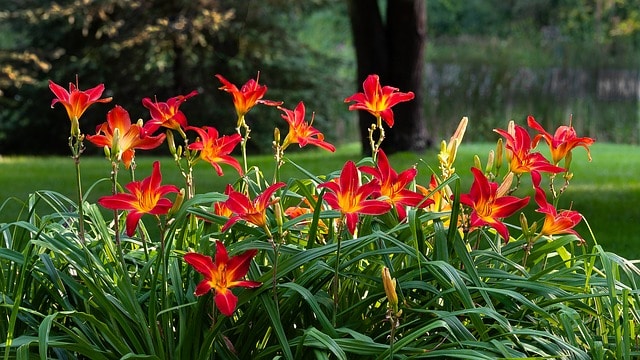
Daylilies are hardy perennials thriving in Zones 3-9. They provide stunning blooms for many seasons, preferring cooler temperatures around 50°F to 70°F.
Planting Tips: Plant in well-drained soil with full sun. Daylilies can be divided every few years to encourage new growth.
Sedge

Sedges offer vibrant greenery for Zones 5-10 and thrive in moist conditions. They prefer temperatures ranging from 50°F to 70°F.
Planting Tips: Plant sedges in low-lying spots or around ponds. They prefer wet soils and can bring texture to a landscape.
Japanese Maple
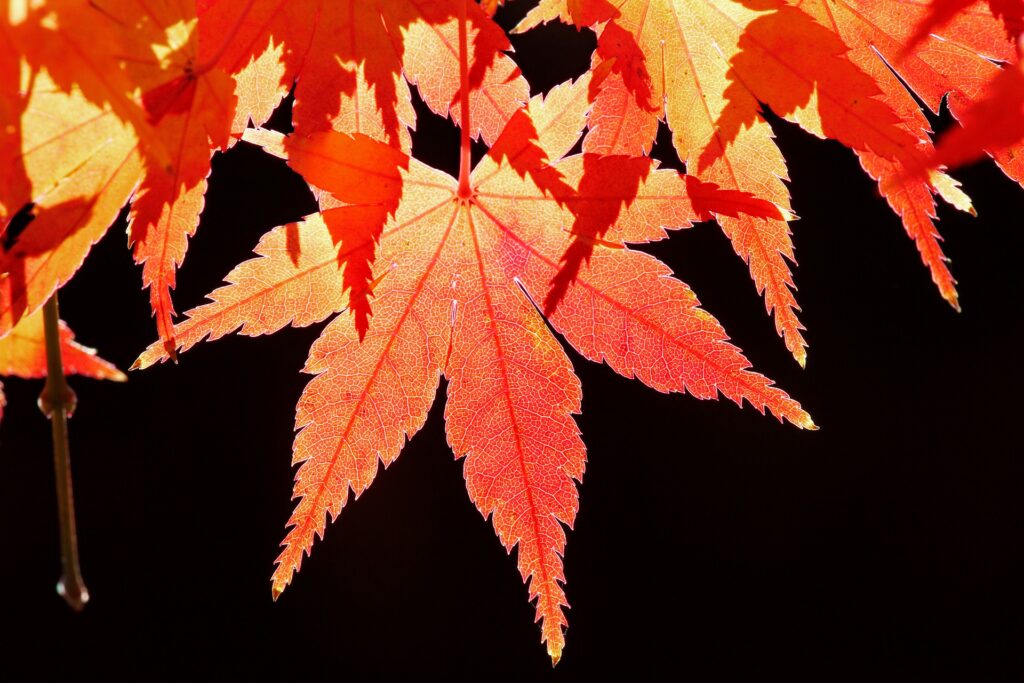
Japanese maples are prized for their decorative foliage, thriving in Zones 5-8. They require a cooler climate between 50°F and 70°F.
Planting Tips: Select a shady area with well-drained soil for your Japanese maple. Mulching is essential for moisture retention and root protection.



